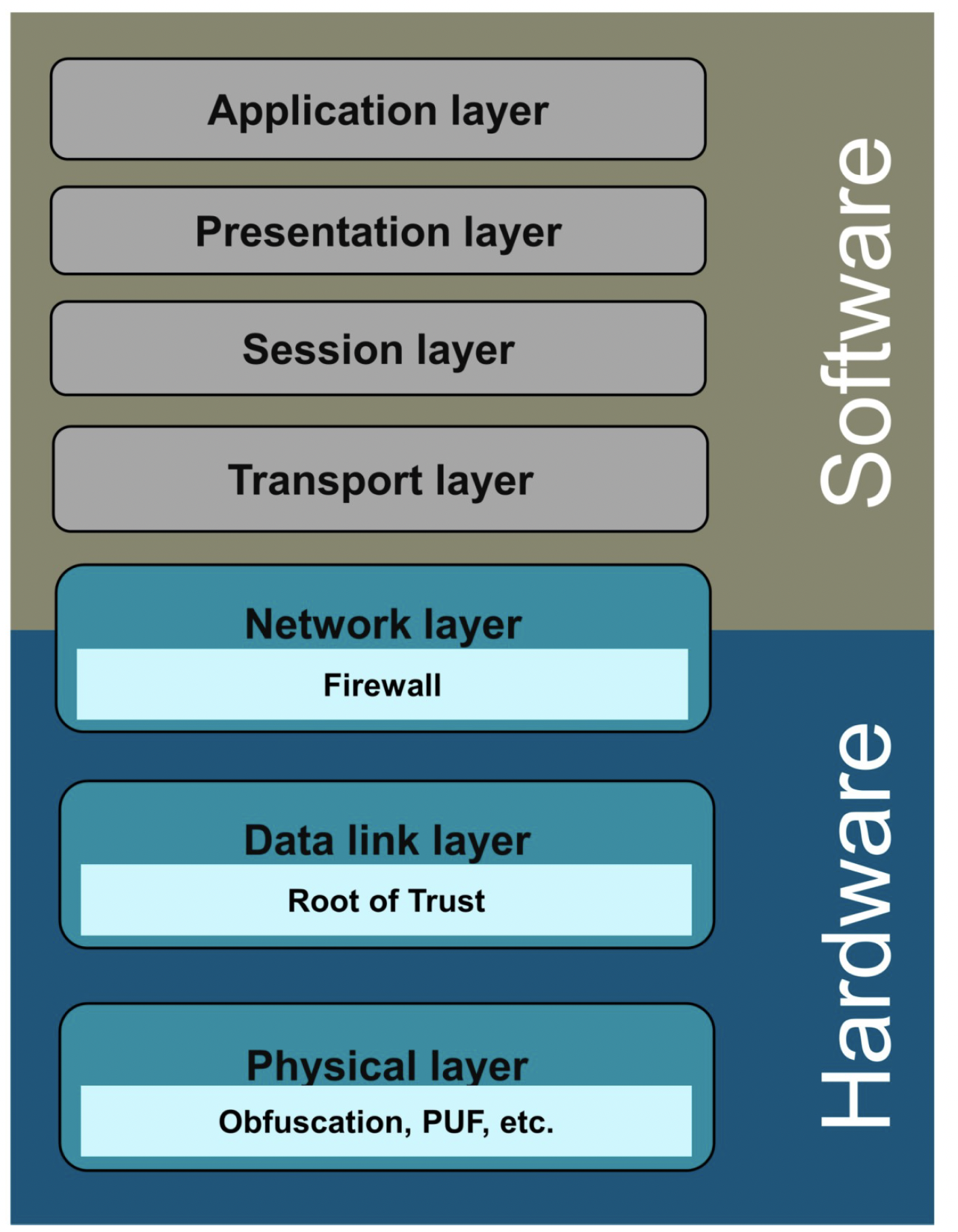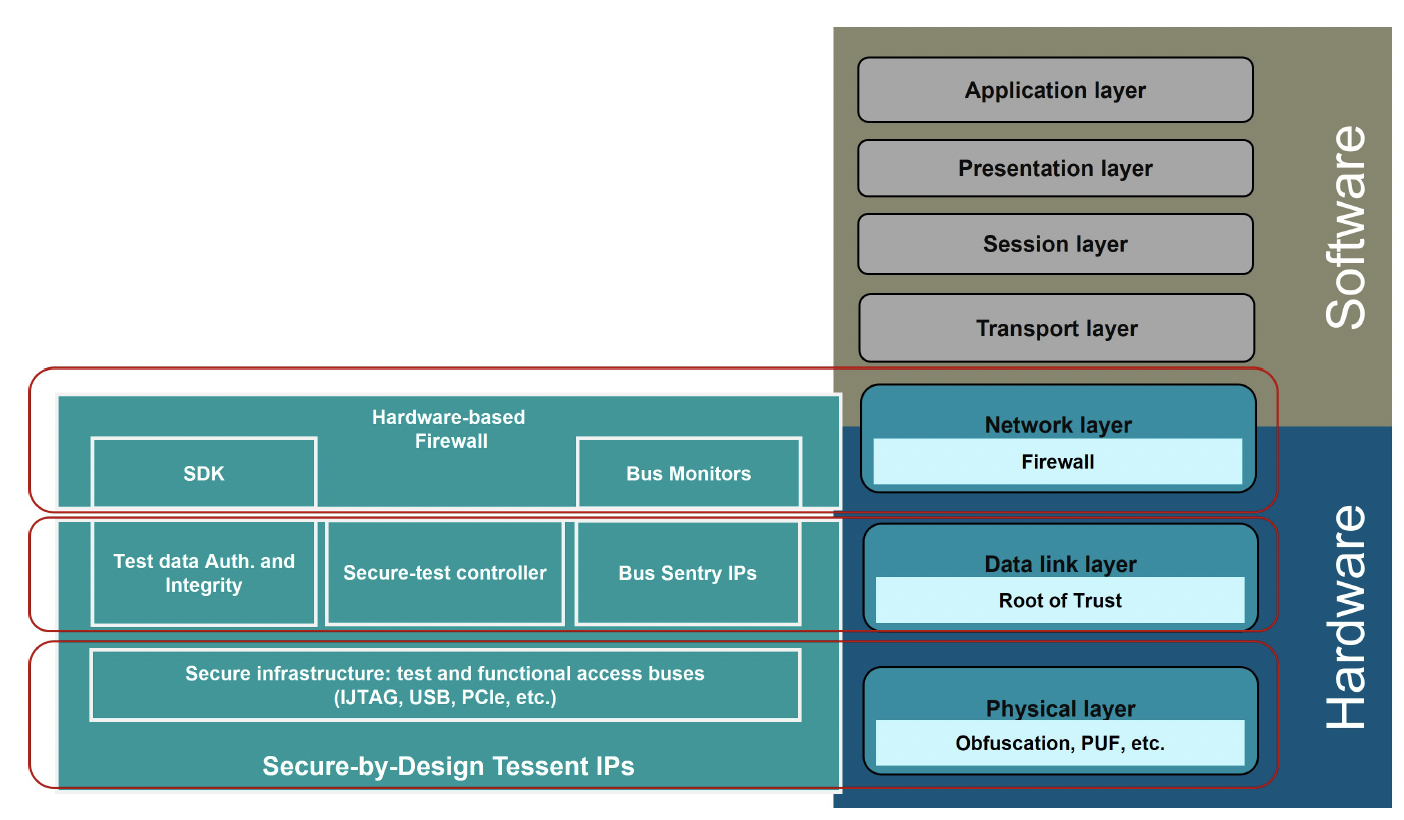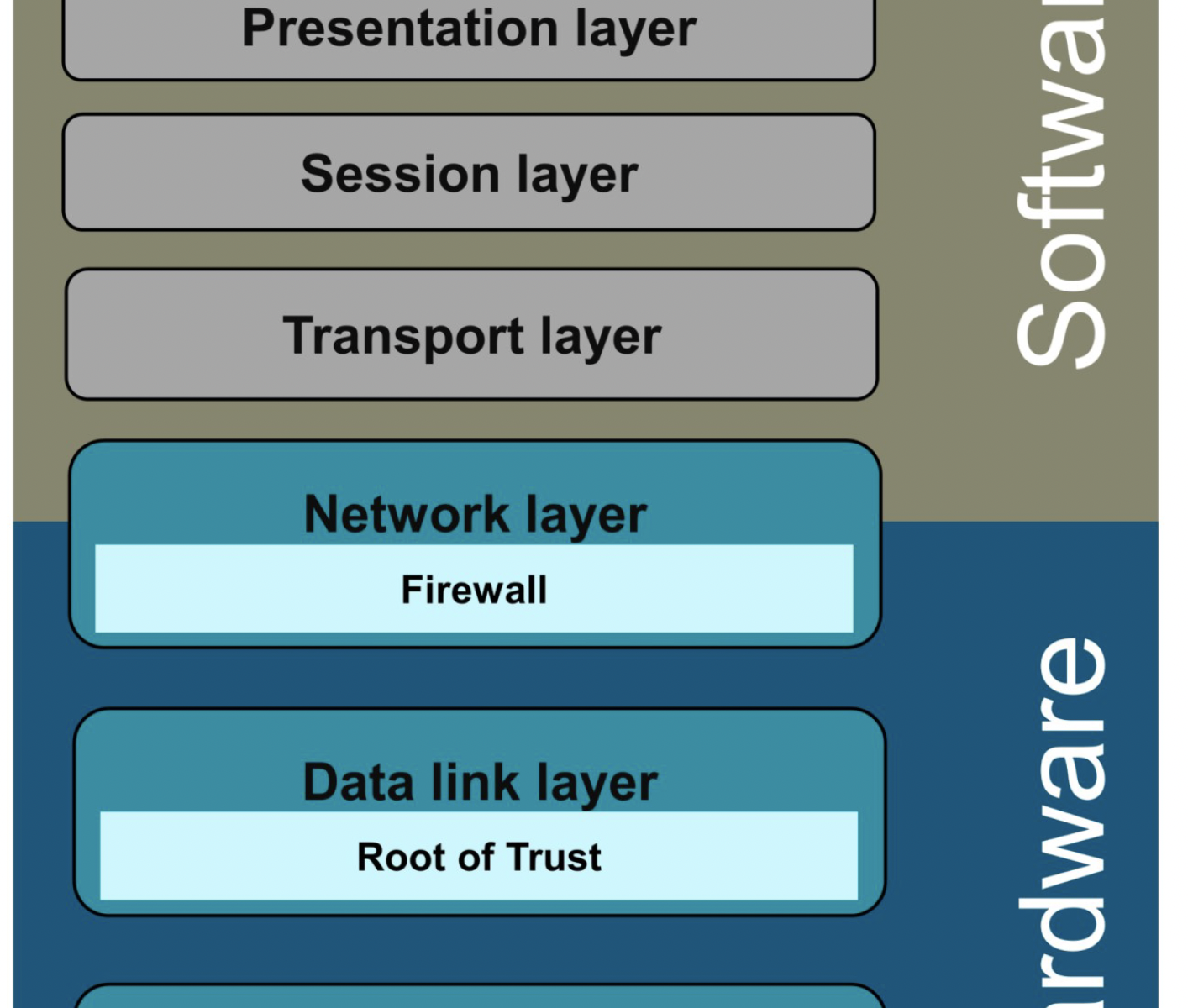With the advent of IoT devices, vehicles have become increasingly interconnected, offering enhanced automation, connectivity, electrification, and shared mobility. However, this progress also brings forth unprecedented challenges, particularly in ensuring the safety and security of automotive electronics. The complexity of modern electrical/electronic systems in vehicles, encompassing Electronic Control Units (ECUs), communication channels, infotainment systems, and driver assist features, amplifies the vulnerabilities to potential cyber-threats. As vehicles become more interconnected, the risk of malicious hacks poses not only a threat to privacy but also to the lives and well-being of passengers. Therefore, ensuring the security of automotive electronics is not merely a matter of competitive advantage; it is a business, legal, and moral imperative.
Siemens EDA recently published a whitepaper that addresses the challenges faced by IC designers in this regard and offers a solution. The whitepaper, authored by Lee Harrison, Director, Tessent Division of Siemens EDA, delves into the realm of automotive hardware security, focusing on the integration of security solutions within the ICs that power essential vehicle components.
Challenges Faced by IC Designers
With a pressing need for robust security measures, IC designers encounter a myriad of challenges in addressing the intricacies of automotive hardware security. The problems they face are often ill-defined and not widely understood, leading to ambiguity in devising effective solutions. Moreover, the rapid evolution of technology exacerbates the challenge, requiring continuous adaptation to emerging threats and vulnerabilities. In this context, the integration of security features within ICs assumes paramount importance in fortifying automotive hardware against potential cyber-attacks.
The Multi-Layered Security Approach
In addressing the complexities of automotive hardware security, a multi-layered approach becomes indispensable. This approach entails integrating security measures at various levels, including hardware, software, and network protocols. At the hardware level, IC designers must embed robust security features within the silicon itself, leveraging technologies such as hardware encryption, secure boot, and tamper-resistant designs. Additionally, software-based security mechanisms, such as intrusion detection systems and secure firmware updates, play a crucial role in safeguarding against cyber threats. Furthermore, implementing secure communication protocols and network segmentation helps mitigate the risk of unauthorized access and data breaches.

Securing the Physical Layer
At the heart of automotive hardware security lies the physical layer, where designers must address vulnerabilities within the supply chain and protect against tampering and side-channel attacks. Design-for-test (DFT) structures and test buses offer mechanisms to safeguard sensitive data and operations, ensuring the integrity of automotive ICs from fabrication to deployment.
Ensuring Trust at the Data Link Layer
The data link layer serves as the root of trust for validating system hardware and software during boot-up. Hardware trusted anchors (HTA), such as Hardware Security Modules (HSM), provide essential security functions like key protection and secure boot, bolstering the integrity and authenticity of automotive systems.
Protecting the Network Layer
The network layer presents a battleground against malicious network transactions and software requests. Firewalls play a crucial role in controlling packet processing and establishing audit points to track attacks.
Future-Proofing Automotive Hardware with Siemens Solutions
Siemens solutions offer comprehensive security features across multiple layers, enhancing protection against cyber threats. To meet evolving security standards and regulations, makers of automotive ICs can leverage Tessent Design-For-Test (DFT) and Tessent Embedded Analytics IP.
Tessent Design-For-Test (DFT) and Embedded Analytics
These technologies offer a multi-layered security framework that can be seamlessly integrated into ICs to identify and address security vulnerabilities. Tessent DFT enables the implementation of built-in self-test capabilities within ICs, facilitating thorough testing and validation of security features throughout the manufacturing process. Tessent Embedded Analytics empowers ICs with real-time monitoring and analysis capabilities, allowing for proactive detection and response to potential security threats. It provides a comprehensive solution for enhancing automotive hardware security, covering various aspects such as authentication, communication, protection, and device lifecycle management. By offering configurable options across test, functional operation, and system-level security, Tessent ensures that automotive systems are resilient against cyber threats while maintaining low latency.
Automotive stakeholders can significantly enhance the security posture of their systems, ensuring robust protection against cyber-attacks.

Summary
As the automotive industry accelerates towards greater automation, connectivity, and electrification, the imperative for ensuring the security of automotive electronics has never been more in focus. IC designers play a pivotal role in fortifying automotive hardware against evolving cyber threats, leveraging advanced technologies such as Tessent DFT and Embedded Analytics to bolster security at the silicon level. By adopting a multi-layered security approach encompassing hardware, software, and network protocols, automotive stakeholders can mitigate risks, safeguard passenger safety, and uphold the trust and integrity of the automotive ecosystem.
You can access the entire whitepaper here.
Also Read:
Soft checks are needed during Electrical Rule Checking of IC layouts
New Emulation, Enterprise Prototyping and FPGA-based Prototyping Launched
AI and SPICE Circuit Simulation Applications
Share this post via:






Comments
There are no comments yet.
You must register or log in to view/post comments.